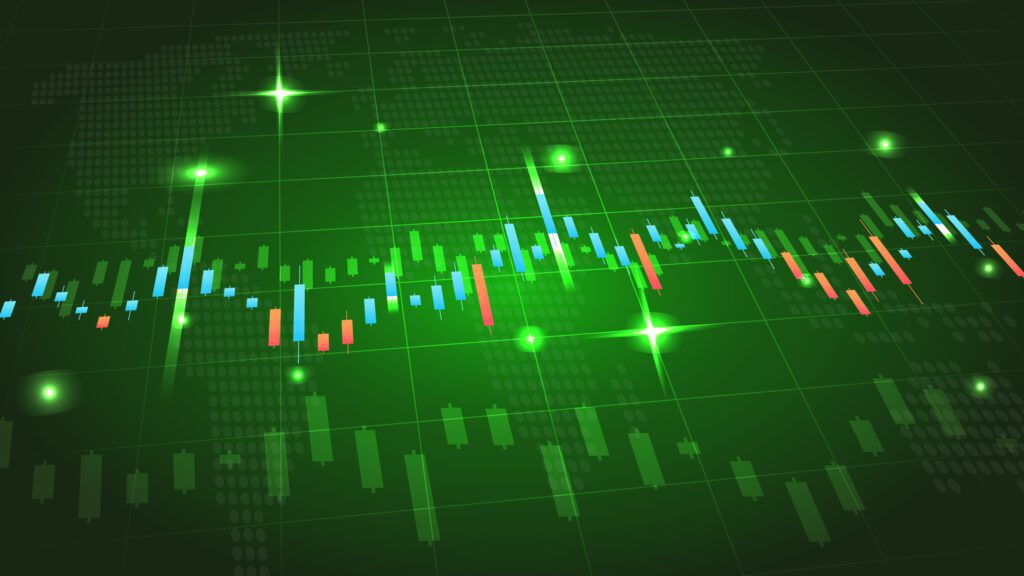The US major stock indexes have been mixed and shifted between red and green, but heading towards fresh, highest highs. President Donald Trump continues to expand his tariff scope, adding Brazil’s current list containing copper and “transport,” with details of drugs, semiconductors and other target obligations.
“After breaking past the February high late last month, the broader market continues to climb,” writes Adam Turnquist, LPL’s financial chief technical strategist.
NVIDIA (NVDA), NVDA (NVDA), Microsoft (MSFT), Meta Platforms, Broadcom (AVGO), Amazon.com (AMZN), NVDA (NVDA), Microsoft (META), and Amazon.com (AMZN) are the small gatherings. and 2024.
Subscribe to Kiplinger’s personal finances
Be smarter, better informed investors.
Save up to 74%
Sign up for Kiplinger’s free e-newsletter
Remember profits and prosperity with expert advice on investments, taxes, retirements, personal finances and more – directly to email.
Profit and prosperity with the advice of the best experts – directly to your email.
“With the Fed still pause and geopolitical risks rising, the S&P may find it difficult to significantly extend the rally from its April low in the near future,” said Daniel Skelly, who leads Morgan Stanley’s Wealth Management Market Research & Strategy team.
Skelly notes the differences between individual sectors and stocks. Industrial inventory, for example, is trading near the highest ever high, a feature of infrastructure spending to support the AI revolution and infrastructure spending to support the trends in potential rebroadcasts. Skelly also highlights defensive sectors such as healthcare and consumer staples stocks. This could outweigh consumer discretionary stocks for the “next three to four months” due to the low risk of tariffs.
By the time of the closure bell, Nasdaq composite had increased by 0.1% to 20,630, the S&P 500 had increased by 0.3% at 6,280, and Dow Jones Industrial Average had added to 44,650 to 0.4%.
Delta revenue takes off
Delta Air Lines (DAL) spiked once again on Thursday after reporting second-quarter results that were better than management and reestablishing full-year guidance.
DAL stock reached $57.93 on pre-market action, gapping the opening bell and closing at a gain of 12%.
Delta recorded revenues of $2.10 per share, with revenues of $2.06 and $15.5 billion, respectively, on fact set compiled consensus estimates.
“Reflecting our confidence in our business,” CEO Ed Bastian said in Delta’s earnings announcement that he is “recovering financial guidance.”
The airline expects a full-year EPS of $5.25 to $6.25 per share, and free cash flows (FCFs) of $3 billion to $4 billion in line with its long-term FCF targets.
When management reported its first quarter results in April, it retracted its 2025 forecasts issued in January along with the fourth quarter and 2024 figures. Still, that day, DAL’s shares rose nearly 25%.
The initial unemployment claim continued
Investors, traders and speculators are more interested than ever in economic calendar events that can provide early warnings of the impact of Trump’s tariffs. Depending on the frequency, your first weekly unemployment claims will now be a hot report.
Initial billing fell from 5,000 to 227,000 for the week ending July 5th. The Labor Department reported before the closure bell on Thursday, adjusting the previous week’s count from 1,000 to 232,000.
The four-week moving average fell from 241,250 the previous week to 235,500. This has been revised to 250 times. Continued billing increased from 10,000 to 1,965,000 for the week ending June 28th.
“Private companies have done well to maintain their margins by reducing employment to reduce attrition, shorter and part-time employment, rather than mass layoffs,” explains Thomas Simons, chief US economist at Jefferies.
“This will continue to be a major theme for the future, but this strategy may run out of time.”
Unstable evaluation of CRWD
Crowdstrike (CRWD), one of the best tech strains to buy for a healthy growth profile, fell 5.1% on Thursday. However, it is fair to say that the foundations are fine, and this move seems particularly individual.
CFRA research analyst Janice Keck cut the ratings of CRWD stocks from buy to hold, but this is a separate and clear part. Her 12-month price target has been increased from $517 to $555. CrowdStrike closed at $513.51 on Wednesday, leaving an 8.1% advantage over Quek’s new target.
“CRWD continues to be one of the top picks in the cybersecurity space as a key beneficiary of enterprise integration through platform-wide adoption,” writes Quek. She says Crowdstrike’s Falcon Flex Sales model, and that the budget that is prioritized for AI will “maintain high growth rates in the long term.”
Quek’s issues are ratings. This is the highest in three years, with forward corporate value and sales ratio 24.4 times from the April low from CRWD’s rallies.
“At this point, we will see a limited increase over the near term, as we are priced for the forecast for the annual recurring revenue acceleration for the second fiscal year 2026,” the analyst concludes.
Quek also cites “long-term economic uncertainty,” the potential impact on the timing of new transactions, and the weight of feelings towards stock prices.
